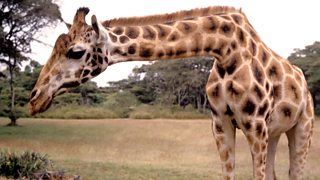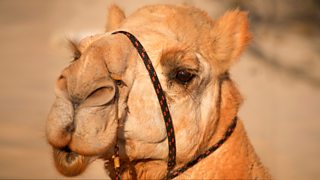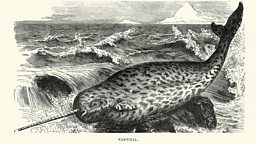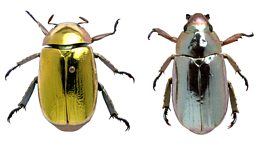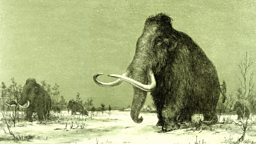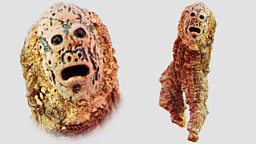Giraffemania: When Europe went spotty for the “camelopard” (and other giraffe facts)
As Brett Westwood discovers in Natural Histories, the beloved creature of the African plains became a worldwide sensation as news and sightings of its striking beauty travelled around the world.
1. Camelopard
The first Europeans to see giraffes thought they were too strange to be of this world and so they developed a mythical status. To them, the animal had the gait and disinterested chew of a camel and the spots of a leopard so they came up with the ingenious name “camelopard”.
2. Gladiators
The Romans transported the first giraffes to Europe in 46 BC and put them to battle in the Colosseum. It was more than a millennium until the next giraffes were brought to Europe.
3. Giraffemania
“Giraffemania” gripped Europe in 1827 when the viceroy of Egypt gave live specimens to the kings of Britain and France, and the emperor of Austria.
The French giraffe, Zarafa, trekked by foot from Marseille to Paris and generated great excitement in the towns and cities she passed through. In Paris, King Charles X put her on show in the Jardin des Plantes where tens of thousands of people came to see her. Zarafa became the subject of songs, instrumental music, poems, music-hall sketches and items of high fashion.
The UK also experienced some giraffemania with candlesticks, printed fabrics and ceramics inspired by King George IV’s giraffe. Fashionable magazines promoted interior designs using giraffe-based colours and patterns. Women wore their hair piled up high “à la giraffe”.
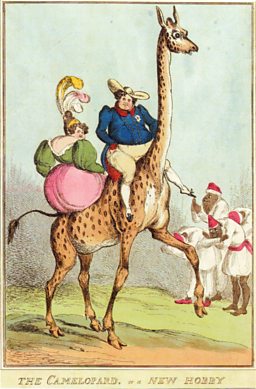

4. George IV’s sickly specimen
A hole was reportedly cut in the deck of a trading ship to accommodate King George IV’s giraffe on her voyage to London.
Unfortunately she had been injured in transit and was becoming ill. The doting king spent a large sum of money on a contraption to hoist the giraffe to its feet and political satirists had a field day. Artist William Heath drew a cartoon showing the wheezing giraffe hanging limply from its support with the caption, “I suppose we shall have to pay for stuffing him next.”
The giraffe died soon after, was in fact stuffed, but has now been lost.
5. Deer idea
Giraffes are so unusual that scientists struggled to categorise them. The tufts which protrude from their heads led people to believe they were in the same family as deer. These horn-like “ossicones” start off as soft cartilage and turn to bone over the course of a giraffe’s life, so adult skulls have what look like two antlers.
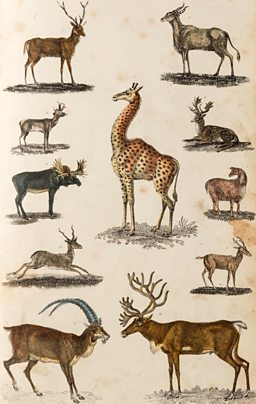

6. Tall stories
Giraffes are the tallest land mammal, largely due to their enormous legs and towering long neck.
The reason for the long neck is still debated but one popular theory relates to the way they fight. When male giraffes duel, they swing their heads like clubs. The longer the neck, the more dominant they become and the more attractive they are to mates.
7. Human threat
Poachers are killing record numbers of giraffes because many people believe the animal's meat and bone marrow is a cure for HIV. Giraffe bones and severed heads can fetch astronomical prices.
They are also under threat from some rural African communities for their meat and also as an important source of income. Giraffe skin and hair is used to make clothing and accessories.
8. “Silent extinction”
Giraffe numbers have fallen by 40% since the 1980s but there has been little conservation work done in comparison to the efforts put in to saving elephants, rhinos and other charismatic mammals.
They have few natural predators and, as the tallest land mammal on safari, their high visibility led people to assume they were doing well. Only recently have they been added to the Red List of endangered species.
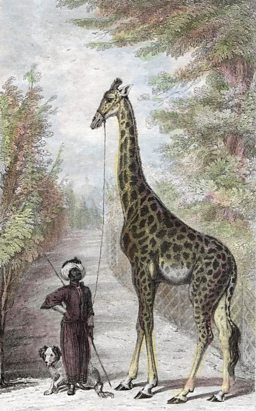
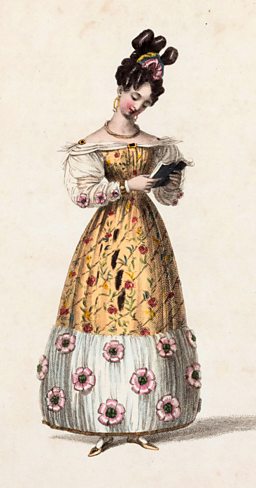

Natural Histories
-
![]()
Giraffe
Brett Westwood admires how the impossibility of the giraffe has captured hearts worldwide.
-
![]()
Leopard
Brett Westwood stalks the leopard... and finds him on Exmoor.
-
![]()
Rhino
Brett Westwood meets a rhinoceros nose to nose and is blown away by the experience.
-
![]()
Elephant
Brett Westwood follows the elephant through human history, from battlefield to big top.
-
![]()
Tiger
Brett Westwood explores how tigers that once burnt bright reached the edge of extinction.
-
![]()
Camel
Brett Westwood follows the camel on its route through human history and culture.
